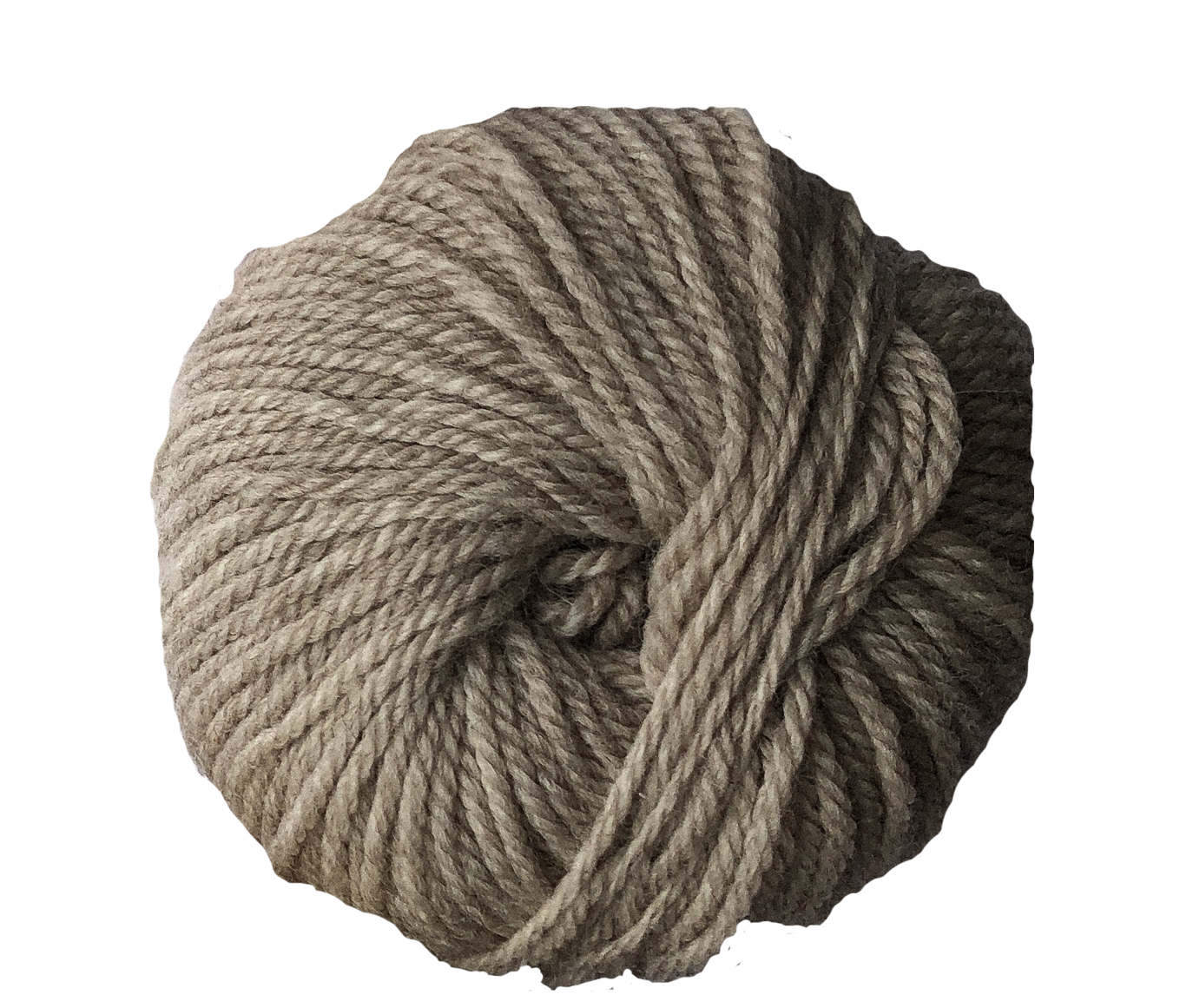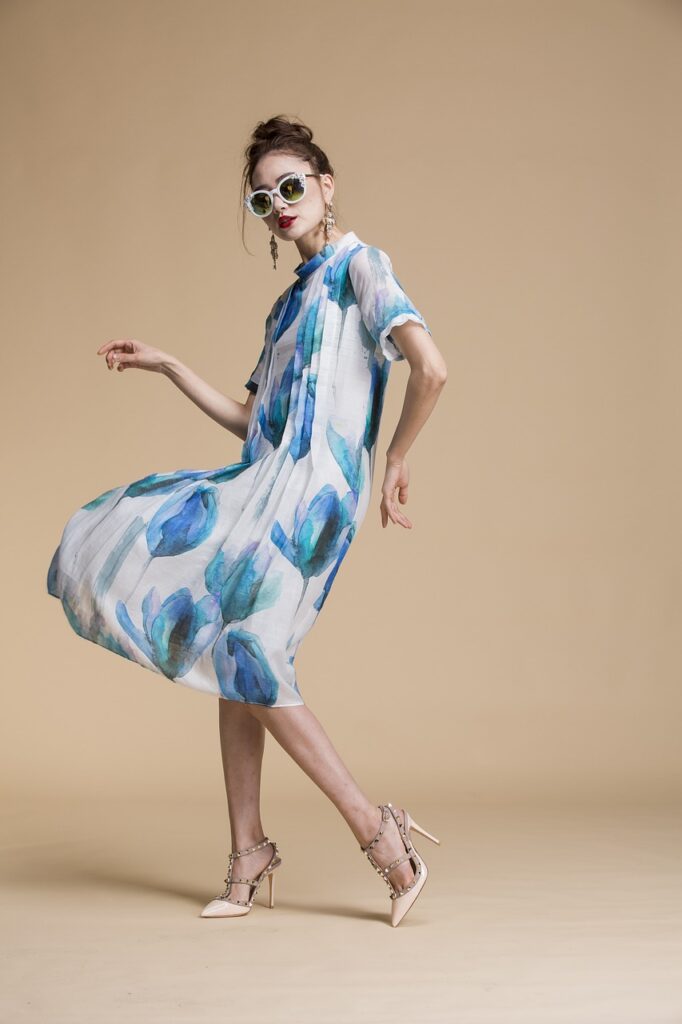

In a world increasingly concerned with environmental issues, the fashion industry is experiencing a paradigm shift towards sustainability. As consumers become more conscious of the environmental and social impacts of their clothing choices, the demand for sustainable fashion has surged. From eco-friendly materials to ethical production practices, the movement towards sustainability is reshaping the way we view and interact with fashion.
The Evolution of Sustainable Fashion
Sustainable fashion is more than just a trend; it’s a movement that seeks to minimize the negative impact of clothing production on the planet and its inhabitants. Traditionally, the fashion industry has been associated with high levels of waste, pollution, and exploitation of labor. However, in recent years, there has been a growing recognition of the need for change.

Embracing sustainable fashion offers numerous benefits for both consumers and the planet. For one, it helps to reduce the environmental footprint of the fashion industry by conserving resources, minimizing waste, and lowering greenhouse gas emissions. Additionally, it promotes social justice by supporting fair labor practices and empowering marginalized communities, particularly in developing countries where much of the fashion industry's production occurs.

At its core, sustainable fashion is guided by principles of environmental responsibility, social equity, and economic viability. This means using eco-friendly materials such as organic cotton, hemp, bamboo, and recycled fibers to reduce reliance on harmful chemicals and non-renewable resources. It also involves adopting ethical production practices, including fair wages, safe working conditions, and respect for workers' rights throughout the supply chain.
Shop Mindfully: Before making a purchase, consider the environmental and social impact of the garment. Look for brands that prioritize sustainability and transparency in their production processes.
Invest in Quality: Opt for timeless pieces made from high-quality materials that are designed to last. Quality garments not only look better but also reduce the need for frequent replacements, thereby reducing waste.
Support Sustainable Brands: Seek out fashion brands that are committed to sustainability and ethical practices. Many eco-conscious brands offer stylish and on-trend clothing options without compromising on ethics or quality.
Upcycle and Repurpose: Get creative with your wardrobe by upcycling old clothes or accessories into new creations. From DIY projects to clothing swaps with friends, there are countless ways to give new life to old garments.








